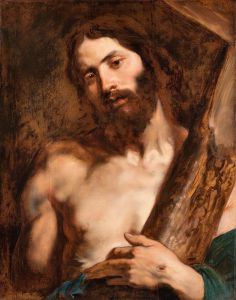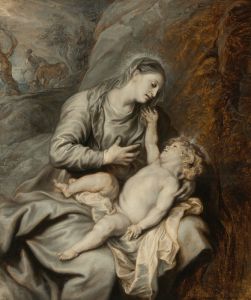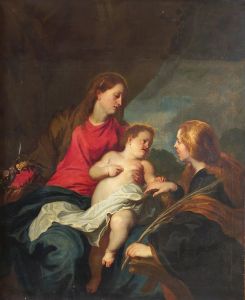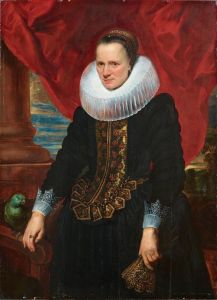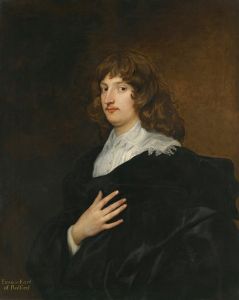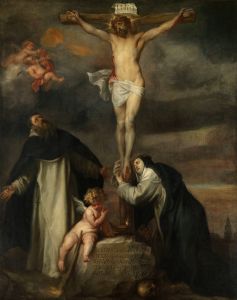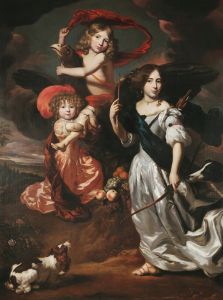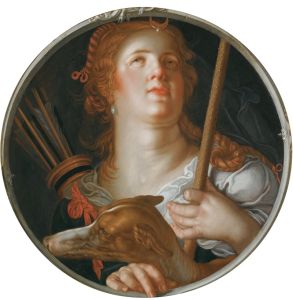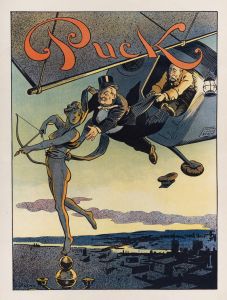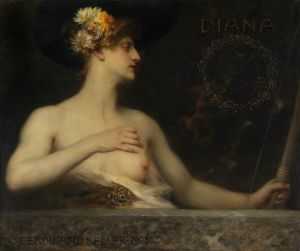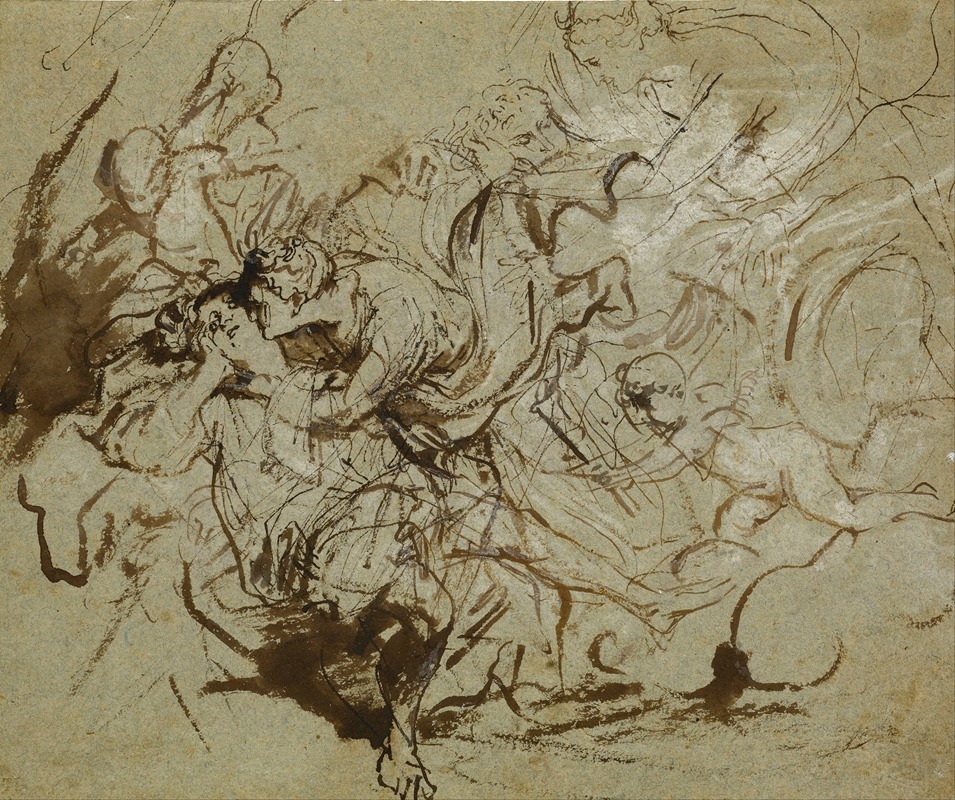
Diana and Endymion
A hand-painted replica of Anthony van Dyck’s masterpiece Diana and Endymion, meticulously crafted by professional artists to capture the true essence of the original. Each piece is created with museum-quality canvas and rare mineral pigments, carefully painted by experienced artists with delicate brushstrokes and rich, layered colors to perfectly recreate the texture of the original artwork. Unlike machine-printed reproductions, this hand-painted version brings the painting to life, infused with the artist’s emotions and skill in every stroke. Whether for personal collection or home decoration, it instantly elevates the artistic atmosphere of any space.
Anthony van Dyck's Diana and Endymion is a painting attributed to the renowned Flemish Baroque artist Anthony van Dyck (1599–1641). Van Dyck is best known for his portraits of European aristocracy and his religious and mythological compositions. This particular work depicts the mythological story of Diana, the Roman goddess of the hunt, and Endymion, a mortal shepherd known for his eternal youth and beauty.
The painting illustrates a scene from classical mythology, where Diana is shown gazing at the sleeping Endymion. According to the myth, Diana fell in love with Endymion and, in some versions of the tale, asked Zeus (or Jupiter) to grant him eternal sleep so that he would remain youthful forever. This theme of divine love and mortal beauty was a popular subject in Baroque art, as it allowed artists to explore human emotion, idealized forms, and dramatic contrasts of light and shadow.
Van Dyck's treatment of the subject reflects his mastery of composition and his ability to convey tenderness and intimacy. Diana is often portrayed with her traditional attributes, such as a crescent moon on her forehead or a bow and quiver, symbolizing her role as the goddess of the hunt. Endymion, reclining in a peaceful slumber, embodies the idealized male form, a common feature in Baroque depictions of mythological figures. The interplay of light and shadow in the painting enhances the dreamlike quality of the scene, a hallmark of Van Dyck's style.
The exact date of the painting's creation is not definitively known, but it is generally believed to have been produced during Van Dyck's early career, possibly during his time in Italy (1621–1627). During this period, Van Dyck was heavily influenced by the works of Titian and other Venetian painters, which is evident in the rich color palette and sensual treatment of the figures in Diana and Endymion.
The current location of the painting is not widely documented, and its provenance remains unclear. As with many works attributed to Van Dyck, questions of authorship and attribution have been raised over time, but the painting is generally accepted as part of his oeuvre.
Due to the limited availability of detailed historical records about this specific work, further information on its commission, patronage, or exhibition history is not readily accessible.





